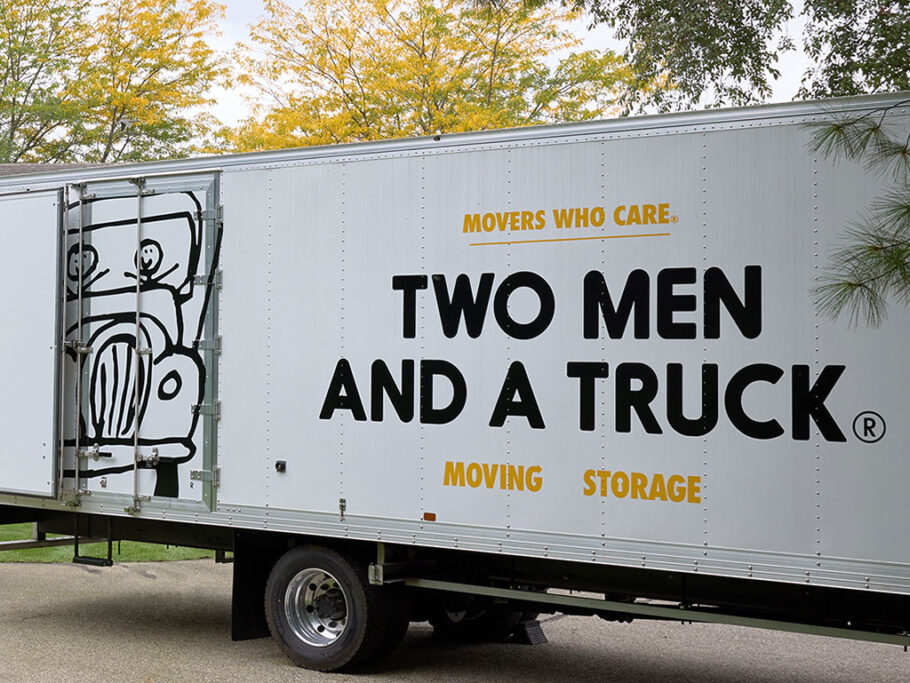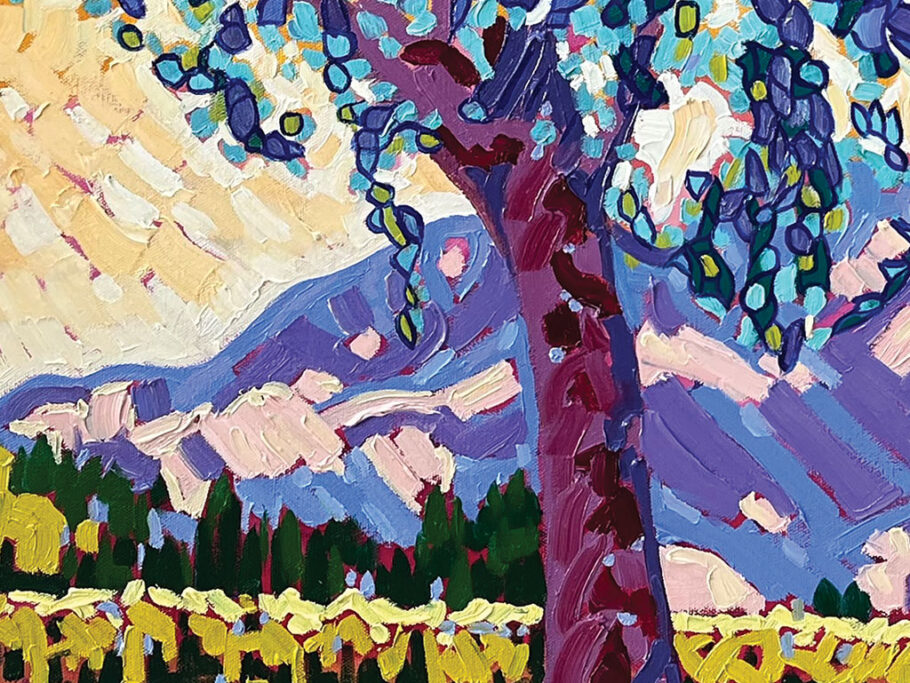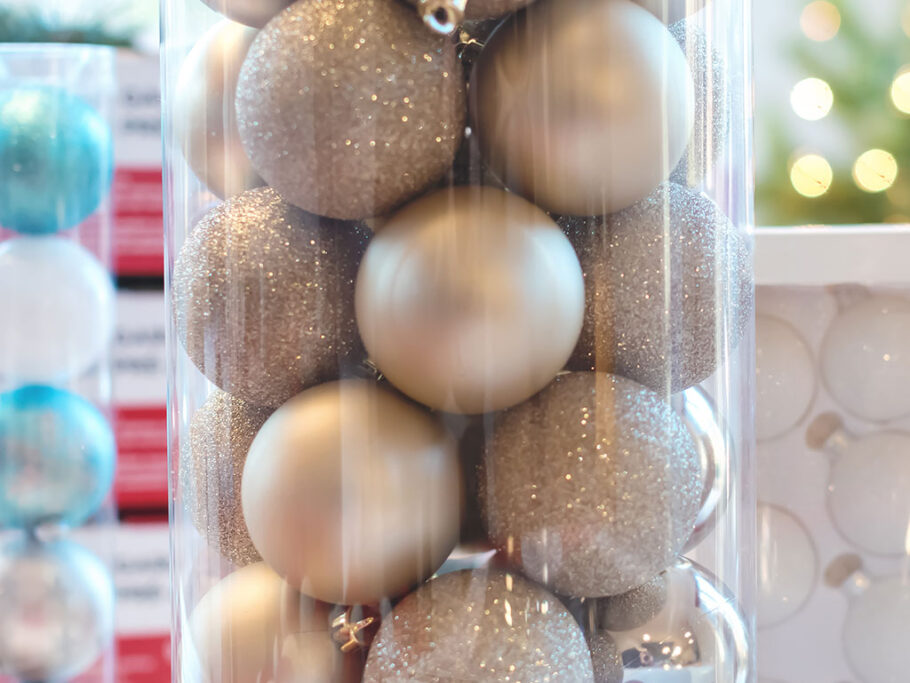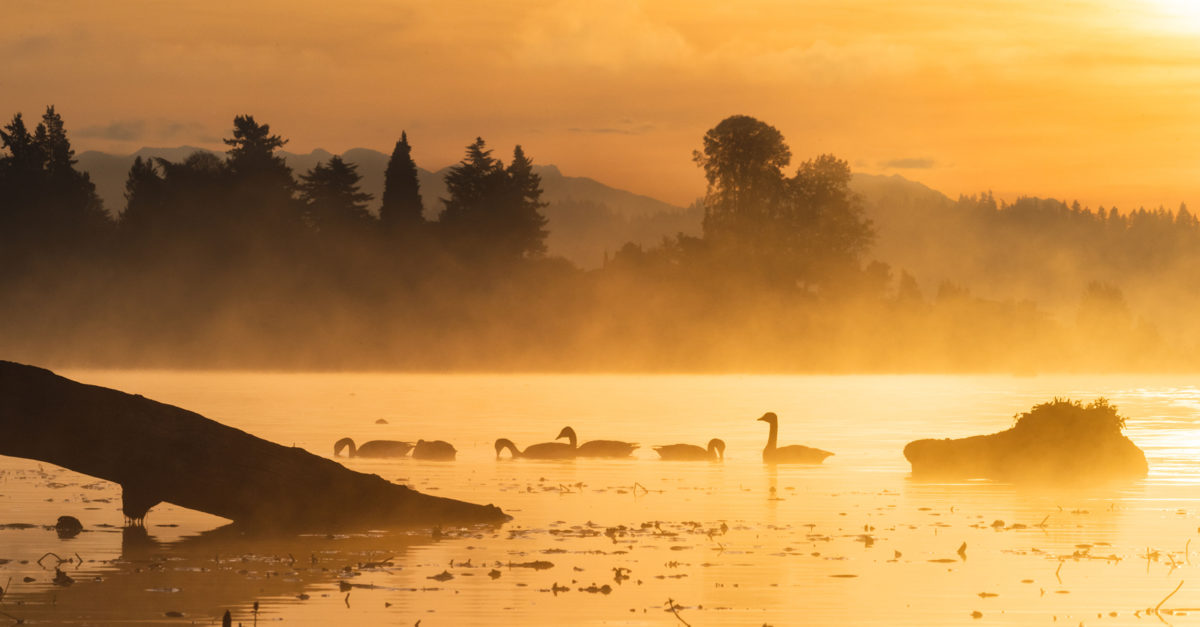Beyond the Frame
Interview with Andre Moreno
Initially interested in the capabilities of a large camera lens, photographer Andre Moreno quickly found himself hooked on the wonders of wildlife photography.
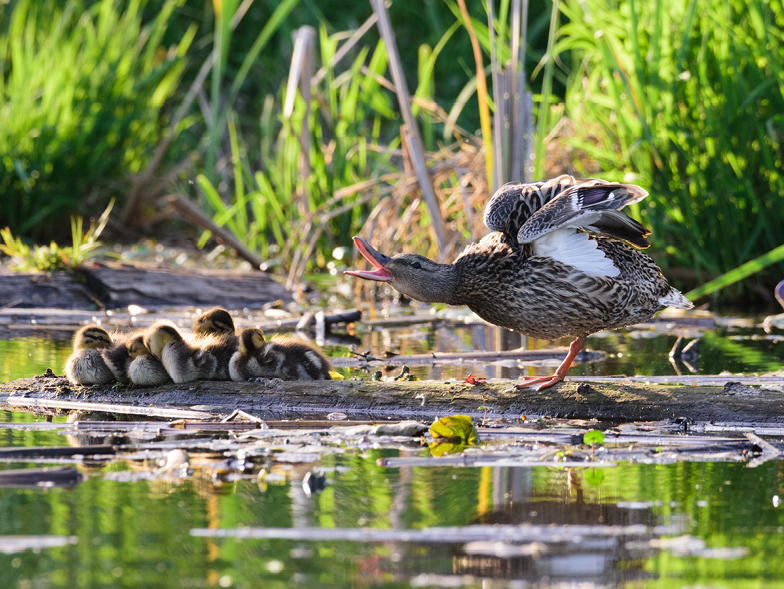
Will you talk a bit about your background?
I’m one of four siblings born in Seattle and primarily raised by a single mother. My dad owned a Mexican restaurant, where I worked until I was eighteen. After 9/11, I enlisted in the US Navy, was deployed to the Middle East twice, and made the rank of chief petty officer before getting out. I have been a licensed union electrician for twentytwo years, and I’m currently working as an estimator and project manager for an electrical contractor.
When did photography enter the picture? What made it such a good fit for you?
I loved taking pictures of my three kids as they grew up, but I was never into photography per se. I used disposable cameras, and, later, the early digital cameras. I had a lot of hobbies. I was a firearms instructor in the military, so I spent a lot of time at shooting ranges, and I was also passionate about woodworking. I loved to make jewelry boxes, tables, and dressers—anything that allowed me to be creative and technical with tools and wood. After getting divorced, I had to downsize into a basement studio apartment, which meant getting rid of twenty years of equipment. What I needed was a hobby that took up no space. I was spending time with my then thirteenyear- old hanging around town taking pictures with my phone, and I found myself trying hard to create interesting compositions. The next step was to get a good camera. I had no money, so I sold my guns and bought a Nikon and a couple of lenses. That felt significant to me at the time—sort of an artistic cleansing of my past.

What types of photography do you enjoy?
Street photography, portraits, and wildlife. I started with landscapes but grew tired of that pretty quickly.
When did you start exploring wildlife photography? What was attractive about it?
Being a typical “geardo,” when I discovered there was such a thing as a 500-millimeter lens, I grew very interested in what you could shoot with one. I picked up a cheap used lens and went for a walk in the local park. I had never been a birder, but when I realized I could create a beautiful portrait of a duck, swan, or common yellowthroat, I was immediately hooked. Plus, it was a way to get and keep me outside. Over time, I grew to be fascinated with the cycle of life that ran parallel to, but just beyond, our busy existence.
You’ve learned a lot from birders. What is that community like?
Whenever I encounter a birder, I’m always amazed by how much they want to share. I can’t think of many communities where the sharing of information so everyone can get better and enjoy the benefits is so prevalent. Photographers may say hi to each other, but they don’t share the way birders do.
What equipment do you regularly use for wildlife photography?
I shoot with a Nikon D5 for wildlife. For lenses, I use Nikon’s 200–500-millimeter f5.6 and a 500- millimeter f4.
I use carbon-fiber tripods and a gimbal head when I am sitting in one location for an extended period of time. If I’m mobile, I will throw a good shoulder strap on my lens and camera and walk around with that.
How do you decide where to go to take wildlife photos? What are some of your favorite places to shoot?
I have a few favorite Washington State haunts, but I find new places through word of mouth or Google searches. Local favorites include the Union Bay Natural Area in Seattle for eagles and waterfowl, the mouth of the Sammamish Slough in Kenmore for otters or ducks, the mountains above Naches for bighorn sheep, Moses Lake for waterfowl and coyotes, and the Samish Flats for owls and waterfowl. Nonlocal favorites are Yellowstone National Park, the Pryor Mountains in Montana, and Point Reyes National Seashore in California.

What places are on your bucket list?
Alaska, Alaska, Alaska. I have my eye on some guided photography trips there, but it’s very expensive. I’d also love to go to Africa and the Galápagos Islands.
What makes wildlife photography challenging? What is your goal when composing a shot?
There are so many challenges, including composition, exposure, and low or bad light. The worst is missing a pounce, a behavior, or a takeoff because I broke concentration for a split second.
When composing an image, I’m trying to catch a behavior that conveys a story, a feeling, or something in the environment that will complement the subject. When you watch animals for hours, you notice the beauty of their surroundings and existence and how they have so perfectly adapted to their environment. I choose angles based primarily on backdrop, light, and trying to stay at eye level with my subject.
Eye level makes for more interesting, intimate pictures.
Is there an ideal time of day to shoot wildlife? How do you decide the best angle to shoot from?
I prefer to shoot during golden hours when the light is low and at its best—an hour and a half after sunrise and about two hours before sunset. This is usually when animals are most active anyway.
Do you have any memorable wildlife moments?
I remember being in Montana shooting wild mustangs in the Pryor Mountains. It was sunset, the eastern sky was dark and stormy, and the western sky was bright with sunset. I was sitting in an open field facing west, shooting a small band of about six grazing horses, when I heard a tremendous thundering behind me. Over the ridge, about 150 yards away, framed by a dramatically dark sky, was a herd of thirty horses galloping right toward me. I only had my 500-millimeter, so I had too much focal length to shoot anything. I put my camera in my lap and watched as the herd finally saw me and split, half going left and half going right. They circled me and joined up under the glorious sun rays that were just beginning to set over Big Pryor Mountain. I started crying.
What have you learned about how to respect the animals and keep yourself safe?
They each have a tolerance for us that varies by area, environment, their previous encounters, and a million other different things. It’s impossible to observe wildlife for any amount of time without understanding the importance of respecting their space. Knowing an animal’s habits is a good way to protect yourself. It wasn’t until I crossed to the other side of a marsh in a Wyoming forest with tall willow bushes over my head that I noticed there were moose there, and, if I had surprised one, that could have permanently ended my day.
How has photography enriched your life? Do you see life differently than you did before?
Besides the obvious cliché, which is true, that I now see photographs everywhere I go, wildlife photography has helped me to prioritize spending time on myself. I take more time off from my day job to get out and shoot, and that has had a significant impact on my overall happiness. On top of that, I see the natural world differently. When you spend hours watching the behavior of animals, you start thinking about your own existence on this planet. As near as I can tell, most animals in the natural world spend every hour of their waking life trying to find food and shelter and avoid being eaten. There are no handouts in nature, and it is a dangerous place. I have a complicated new perspective on the world human beings have created for ourselves.
What advice do you have for amateur photographers?
Shoot, shoot often, and shoot everything. Always have a camera with you. Don’t be afraid of trying all the different types of photography when starting out. You may be surprised by what you gravitate toward.
For more info, visit andremorenophotography.com







